With remote work’s perks and benefits, more and more employees are switching over to the remote work culture, ditching their 9-to-5 cubicle.
Naturally, the remote job market is getting more competitive with a surplus in the talent pool.
So, in order to stand out amidst the crowded pool, you need to have a professional portfolio.
With its help, you can create a great first impression on the recruiters and enhance your chances of landing a high-paying remote job.
A professional portfolio acts as a digital proof of your resume. Giving you credibility and distinguishing you from the lot.
However, creating a job-winning portfolio can be a daunting task. Making you feel intimidated and overwhelmed with the complex process.
And, naturally, you start to avoid it and simply rely on your resume to bring you your dream job.
But, what if I tell you that you are losing out on the opportunities?
Without a portfolio, your resume is also getting swept under the rug without catching a glimpse from the recruiter.
So, to start living your dream nomadic life, you need to know how to build a portfolio for remote work.
No need to feel overwhelmed. We have brought you a complete guide that will assist you through the entire process.
Stay tuned!
What is a Remote Job Portfolio?
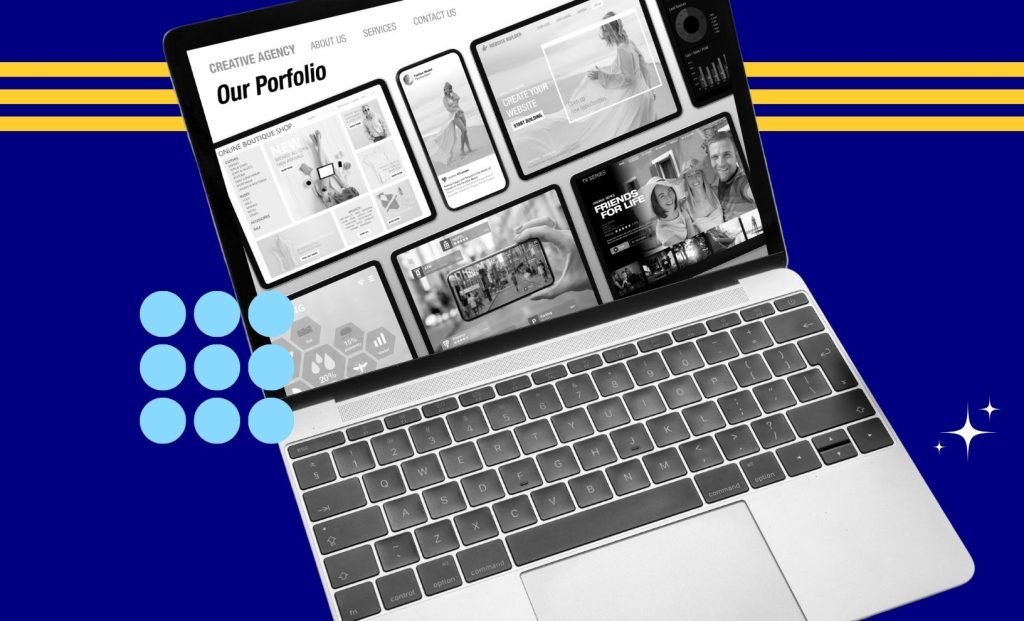
A portfolio is a digital proof of your work and skill set. It highlights your capabilities, best professional work samples, and career achievements to recruiters.
When a hiring manager checks your portfolio, they get a comprehensive idea of your skills, your unique qualities, your style of work, and your perspective.
So, building a professional folio is important to attract the attention of recruiters.
Moreover, your portfolio needs to showcase you as a candidate who knows how to deliver results.
And, through the listings of your achievements and projects, you can improve your first virtual impression with the hiring teams.
Digital Nomad Portfolio: Why does it Matter?
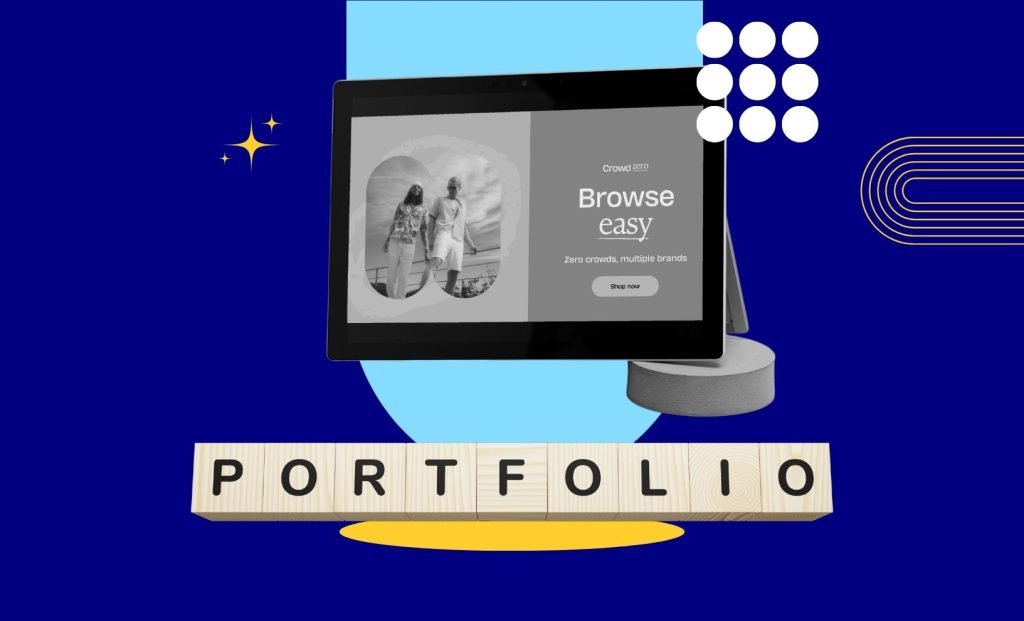
Since remote work functions only through digital platforms, your portfolio represents you to the company hiring teams.
So, to find remote jobs, you need to attach your professional folio with your resume. This will help the recruiters to visually comprehend your professionalism.
Also, if you are a freelancer, your portfolio can bring in clients for your work. With a strong portfolio, you can portray yourself as a promising remote freelancer.
And, your previous achievements and projects can showcase your skills and the quality of the delivered results.
Just know, your professional portfolio should show more than your CV.
From highlighting your skill set to displaying your creativity and adaptability, the folio needs to enhance your portrayal.
What to Include in a Pro Portfolio?

To ensure that your portfolio highlights your professionalism and value, you need to include essential info about your work.
Some of the essential things that you should include in your pro portfolio are:
1. Bio and Background:
As your portfolio introduces you to the recruiters, it should include a section with your bio and background.
In this section, you should focus on providing the details about yourself and your areas of expertise. This will help in understanding your professional value.
Moreover, you can incorporate details about your work clients and industries to highlight your area of expertise.
So, when recruiters or clients view your portfolio, they will get a comprehensive idea about you and your work field.
2. Work Samples:
One of the core features of a professional portfolio is highlighting your best work samples and projects.
You can include your achievements and some samples of your best work to visually showcase your skillset.
But, mindlessly including project names and sample links won’t make it amplify your qualities. So, you need to give a brief description of your project and then include the work.
Also, along with the work samples, include the results of your work.
From increased sales to positive client feedback, you can use this information to make your work samples credible.
This way, you can show how you have utilized the work resources and your expertise to deliver results to your clients.
3. Client Testimonials:
Including your client testimonial is a great way to improve your portfolio’s professionalism.
This gives your work credibility, and you improve your chances of landing an interview with a remote company.
Just include brief notes from your previous clients along with your project results. It can be a small quote they shared or a snippet from their feedback.
This small inclusion shows how your work was received by your clients.
Their testimony of whether they were satisfied or not with your work can help you to build trust with your new clients.
Moreover, the testimonials work as a proof of your quality of work, professionalism, and deliverable results.
4. Your Specialities and Services:
Your professional portfolio introduces you to others in the remote work market.
So, you should include your skill set, your specialities, and the services that you provide to your clients in your portfolio.
For instance, if you provide digital marketing services or have software development skills, you need to include them.
This will help your new clients to know about your work field. And, recruiters will be able to understand your capabilities.
Additionally, you can include a brief description of your services with your skills. This way, both your clients and recruiters can understand what work from home resources and services you provide.
5. Contact Details:
Providing your contact details in your portfolio is a must. This will help the recruiters to contact you after they find you perfect for a role in their company.
So, include your work email ID, your phone number, and your LinkedIn URL, so that they can contact you easily.
How to Build a Portfolio: Step-by-Step Guide
Building a portfolio can be an overwhelming task. But with the right guidance and tools, you can easily start the process of portfolio creation for remote work.
With this step-by-step guide on portfolio creation, you can make the perfect professional portfolio that helps you land your dream remote job.
1. Choose the Right Platform for Your Portfolio:
Before building your professional portfolio, you need to choose the right platform for it. The right space will enhance its chances of getting attention from recruiters and new clients.
Moreover, choose a simple and easy-to-navigate platform for your portfolio. This will ensure that your portfolio brings in both remote work interviews and new clients.
Among the few famous platforms, you can try:
- Canva: It is a simple design platform that can help you to make a creative portfolio with appealing visuals. So, you can use its easy features to craft your portfolio.
- WordPress: One of the oldest platforms for designing websites, you can use it to make your portfolio. It has the best customizing tools to make a unique folio.
- Notion: On this platform, you can make a digital portfolio from a variety of templates. It ensures that your portfolio is simple and unique at the same time.
2. Introduce Yourself with a Bold Language:
When you introduce yourself, use bold and professional language. Make sure you sound confident and reliable in your bio.
Moreover, add elements from your personal experiences to keep a pinch of your unique personality on display.
Additionally, ensure that the overall design of your portfolio highlights your work industry or your brand properly.
From the layout to the color palette, your portfolio should highlight you.
3. Spotlight Your Capabilities:
A strong remote work portfolio highlights your capabilities and skills. So, include all your essential skills along with the certifications.
Moreover, the certified skill set display gives your work credibility. And, it makes recruiters notice you over other candidates.
Apart from the basic hard skills, include soft skills that help you appear creative, adaptable, and unique.
You can also add some transferable skills to your portfolio to highlight your remote work expertise.
4. Highlight Your Best Works with Compelling Descriptions:
You should include only your best works and projects in your portfolio. So, find work samples where you have efficiently employed your skills to handle the project.
And, include the links to display how you apply your skills to tackle company projects and real-world problems.
Moreover, use compelling project descriptions to help recruiters comprehend your abilities.
For instance, break your descriptions into three parts: problem, solution, and results.
You can start with explaining the task, followed by the solution you gave, and finally, the result of your work.
5. Make it Visually Appealing:
A sloppy portfolio does not attract an audience of any kind. So, make your portfolio professional but appealing at the same time.
Most remote work experts claim that a uniquely crafted portfolio gets more attention from recruiters. This enhances your chances of bagging an interview with the company.
Moreover, include visuals, images, designs, and charts to highlight your skills. These elements can make your work appear eye-catching.
So, you can use any design tool to create a simple but creative portfolio for your remote work.
6. Optimize it with SEO-friendly Parameters:
In a proper remote work guide, you will find that you need to use certain SEO parameters to ensure your portfolio can be searched online.
With an SEO-optimized portfolio, you can rest assured that potential recruiters can find your profile when they search for specific keywords.
So, you can add alt-texts for your visuals, include relevant keywords for your skill set, and use meta tags to help search engines find your portfolio.
With the right keywords and SEO practices, you can beat the system and rank your portfolio for recruiters to find you.
7. Update it with Testimonials:
Finally, you need to keep your portfolio updated with fresh and relevant work details. You need to include your recent achievements to let recruiters know your current potential.
Moreover, you should also add the client testimonials with your work samples. This will help you build the credibility of your work and build trust.
So, you can ask your previous employers or your trusted clients to give you testimonials for your work. And, include those snippets in your portfolio.
Things to Keep in Mind While Building Your Remote Work Portfolio
Now that you know how to build a portfolio, you need to keep certain things in mind to ensure your portfolio looks professional and does the job.
Firstly, keep a simple and appealing design for your portfolio. This will make it look professional and make you appear confident.
Secondly, include testimonials for your best works. It will help you build trust with your audience and make your work credible.
Finally, ensure your portfolio highlights all your capabilities and skills. To land a good remote job, you need to emphasize them.
With a good portfolio, resume, and cover letter, you can tick off the remote employee onboarding checklist. So, choose the right platform and get started with your portfolio. By taking some inspiration from this guide, make it professional and creative to land your dream remote job!
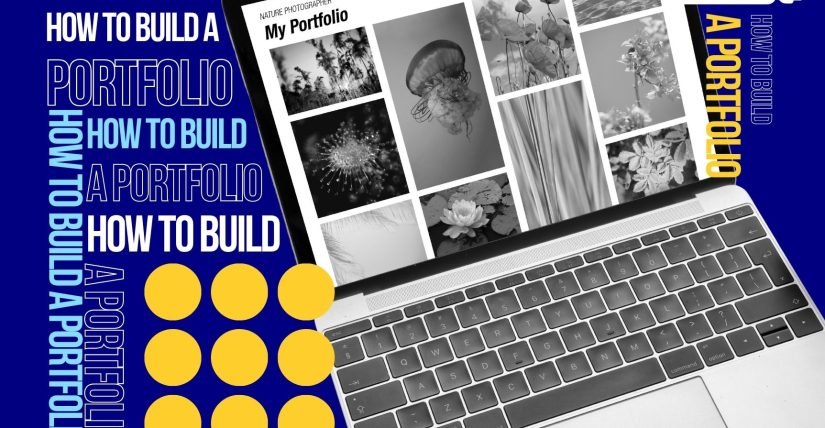
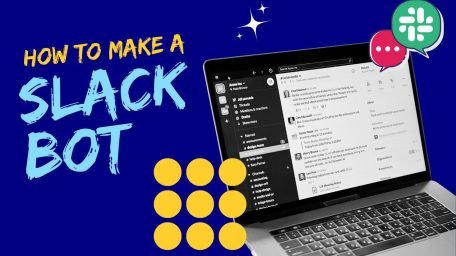

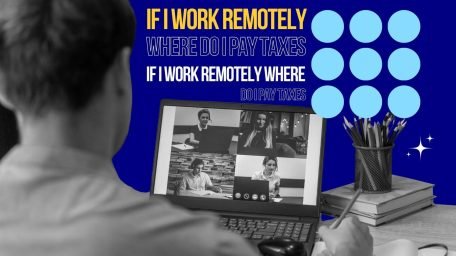
Leave A Comment